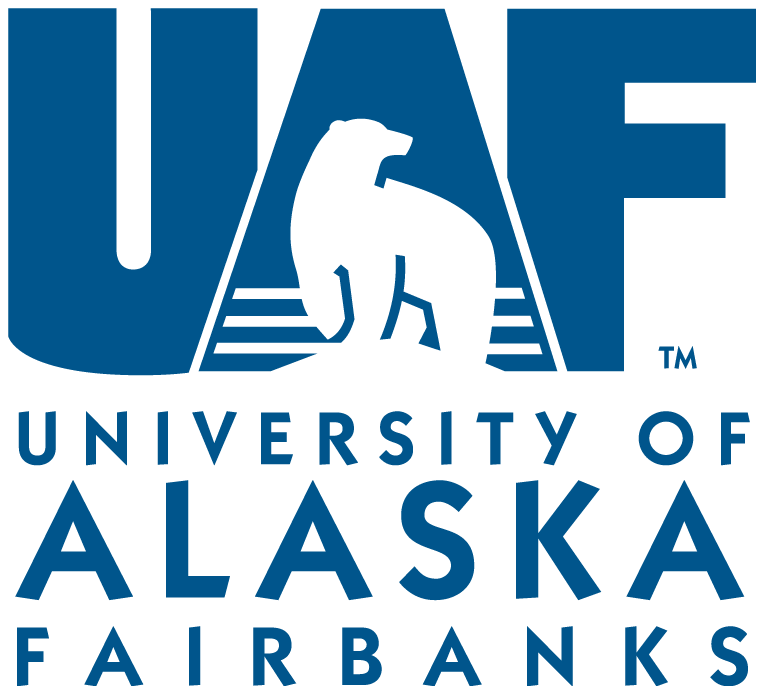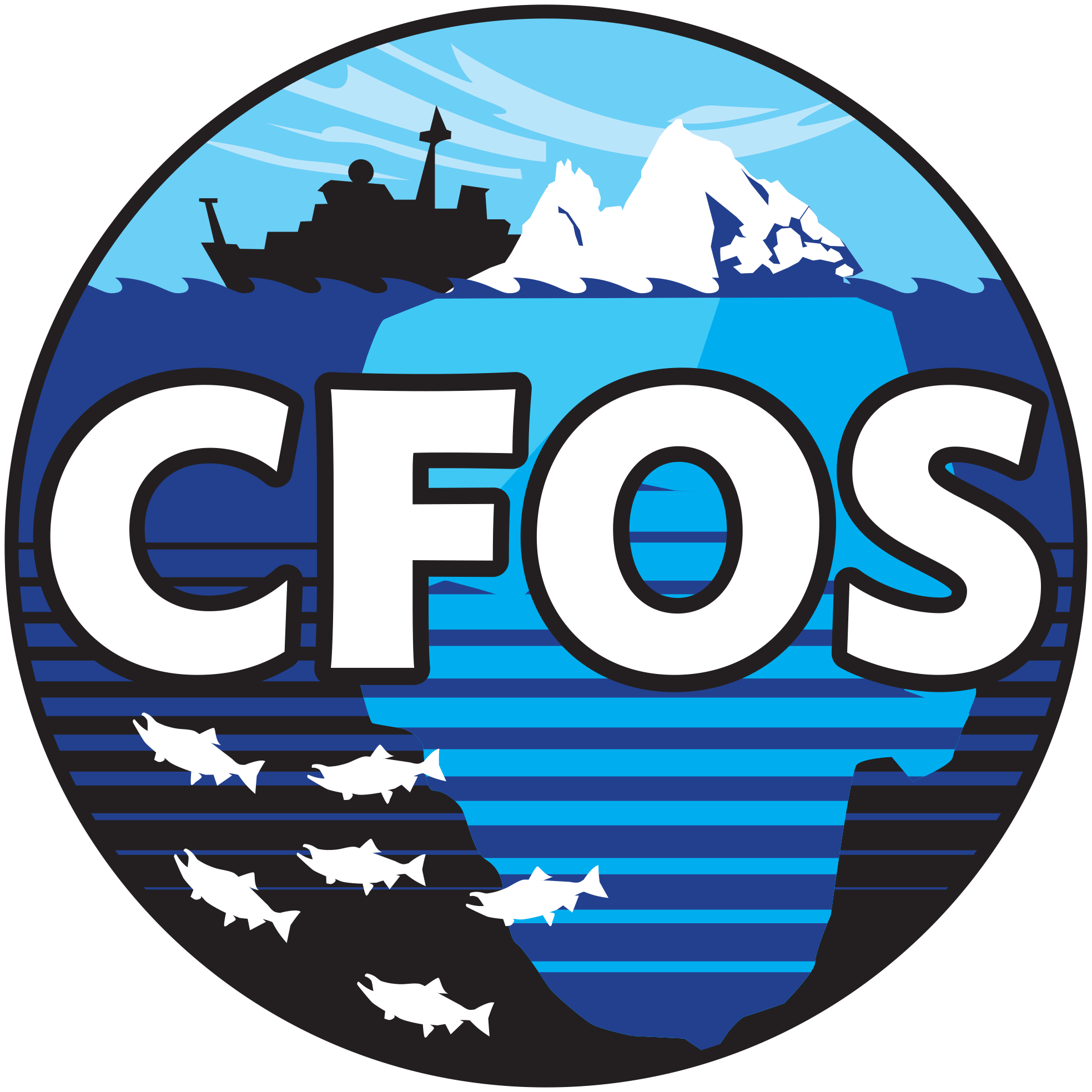A recent article on Undercurrent News does a fantastic job describing the current market outlook for Alaska Pollock. At the Global Seafood Market Conference in 2017 Michael Holley, the commodity procurement manager for seafoods with US Foods, appealed to the industry to make pollock sexy. In an epic clapback, Trident’s Torunn Halhjem at the 2019 GSMC declared, “sexy is definitely back for wild Alaska pollock”. The undercurrent article goes in depth into the drivers that are making the current markets and demand so strong.
Two students funded by the PCCRC successfully defended!
Julie Nielsen and Kaitlyn Manishin recently successfully defended their PhD. dissertation and Master’s thesis respectively. Dr. Nielsen’s project investigated the large-scale movement patterns of demersal fish with electronic tags. Mrs. Manishin’s research evaluated under what scenarios salmon shark predation could influence the dynamics of Chinook salmon in the AYK region of Alaska. Video recordings of both defenses are available.
New research published by Cunningham et al. investigates Chinook salmon survival
Project 15-01 investigated Chinook salmon survival with a life stage-structured statistical population dynamics model. The work is published in Global Change Biology. You can read more about the work by following the link in the citation below!
Cunningham, C.J., P.A.H. Westley, and M.D. Adkison. 2018. Signals of large scale climate drivers, hatchery enhancement, and marine factors in Yukon River Chinook salmon survival revealed with a Bayesian life history model. Global Change Biology 24(9): 4399–4416. https://dx.doi.org/10.1111/gcb.14315
New research published by Smith et al. describes functional properties of pollock roe
Project 16-03 proposed to develop alternative pollock roe product forms, but also lead to new insights into the physicochemical properties of Alaska walleye pollock. This research has been recently published in the Journal of Food Science and Technology. To find out more follow the link in the citation!
Anvari, M., B. Smith, C. Sannito, & Q.S.W. Fong. 2018. Characterization of rheological and physicochemical properties of Alaska walleye pollock (Gadus chalcogrammus) roe. Journal of Food Science and Technology 55(9): 3616–3624. https://dx.doi.org/10.1007/s13197-018-3287-7
Trade war between US and China cause increase Russian pollock price
In a news article release by Undercurrent News, Tom Seaman describes the effect that a 25% tariff on Alaska pollock imported to China will mean on Russian pollock prices. Typically at the end of the year, with decreasing supply, headed and gutted pollock prices rise, but the price increase they are observing appears to be caused by chinese buyers reluctant to purchase from US sources amid the possibility of a ~25% tariff.
Research Fellow Kaitlyn Manishin defense set for Thursday, September 27, 2018 @ 1:15 PM
Research fellow Kaitlyn Manishin will defend her Masters thesis Thusday September 27th at 1:15pm. If in Fairbanks or Juneau you can attend! If interested you can webstream it with the link below. Find out more about Kaitlyn’s project!
Kaitlyn Manishin MS Fisheries Candidate
Advisor: Dr. Andrew Seitz
Thursday, September 27, 2018 | 1:15 P
Fairbanks - 201 O'Neill | Juneau - 101 LENA
Pexip 9 | Recording | Webstream : https://media.uaf.edu/
Potential effects of marine predation on Chinook salmon populations
Populations of Chinook salmon (Oncorhynchus tshawytscha) have displayed a decrease in size-at-return resulting from declines in age- and size-at-maturity. These changes have precipitated the loss of the oldest age classes in some populations and have occurred throughout the range of this species, suggesting a perturbation in the common marine environment. A hypothesis for the cause of these changes is increased marine mortality after the first ocean winter, potentially from predators selecting for relatively large sub-adult Chinook. Here I consider the question: could predation on relatively old individuals by salmon sharks change the age structure of a Chinook salmon population? To address this question, I first estimated total per capita prey consumption by salmon sharks using three methods: 1) daily ration requirement, 2) bioenergetic mass balance, 3) and a von Bertalanffy growth model. Second, I examined the effects of additional predation on an indicator Chinook salmon population using simulated predation scenarios and a stage-structured population dynamics model. Due to the uncertainties in salmon shark diet and total population abundance, instead of scaling individual consumption to the population level and inputting that estimate into the model, scenarios were designed and run iteratively until a shift in age structure was observed. The daily ration yielded salmon shark estimates of 1461 and 2202 kg∙yr-1, the mass-balance produced estimates of 1870 kg∙yr-1, 2070 kg∙yr-1, 1610 kg∙yr-1, and 1762 kg∙yr-1, depending on assumed diet, and the growth model output estimates of 16,900 kg∙yr-1 or 20,800 kg∙yr-1, depending on assumed assimilation efficiency. Of the estimates, those from the mass-balance may be the most realistic because they incorporated salmon-shark life history data and do not produce extreme values. Taken as a whole, these estimates suggest salmon sharks have similar energetic requirements to piscivourous marine mammals and corroborates conclusions of prior work that endothermic fishes are similar to marine mammals in metabolic rate. The predation scenarios that most closely mimicked observed shifts in age structure of the indicator Chinook salmon population focused intense and selective predation on the ocean-3 stage. This simulated predation is corroborated by emerging results from an electronic tagging study in which tagged Chinook salmon experienced high predation rates, and research demonstrating that killer whales (Orcinus orca) prefer ocean-3 fish. In summary, salmon sharks likely have high energetic requirements which could result in a large biomass of prey consumed, Chinook salmon populations are sensitive to predation at the ocean-3 stage, and salmon sharks and other predators appear to frequently consume fish at that ocean stage. Taken together, these lines of evidence point to a potentially important mechanism of top down pressure on Chinook salmon populations may explain observed changes in age-at-return, which in turn can affect population productivity.
Trident Seafoods is developing the wild Alaska pollock market in Japan with new processing plant
A news article by Tom Seaman of undercurrentnews.com released today reports on Trident Seafoods' plan to open a value-added processing plant in Tome Japan. The main goal of the plan is to differentiate single-frozen Alaska fillets from double-frozen Russian fillets processed largely in China. The Undercurrent article features excepts from an interview with Koichi Suzuki, who runs Trident’s Japanese business, and Honomi Sugihira, one of the new plant’s project members and manages overseas public relations.
Video of Walleye Pollock
Ever wonder what Pollock look like below the surface of the water? Bob Armstrong of Southeast Alaska has a short video of walleye pollock. Mr. Armstrong was a fishery biologist with ADF&G and an Associate Professor of Biology for the University of Alaska.
MSC recertification for Russia Sea of Okhotsk Pollock fishery
The Russian Sea of Okhostsk Pollock fishery is a midwater trawl fishery composed of 30 fishing companies which land ~ 840,000 metric tonnes pollock annually. It has been certified by the Marine Stewardship Council (MSC) since September 2013. MSC recertification occurs every five years.
What is the MSC you ask? The MSC is an international non-profit organization whose mission is 'to use our ecolabel and fishery certification program to contribute to the health of the world’s oceans by recognising and rewarding sustainable fishing practices, influencing the choices people make when buying seafood and working with our partners to transform the seafood market to a sustainable basis.'
In addition to the perceived environmental benefits of certification, there have been some studies demonstrating the economic benefit of MSC certification. These benefit, however, may differ substantially by species. Currently both the Bering Sea & Aleutian Islands and the Gulf of Alaska Pollock fisheries are MSC certified while the Russia Bering Sea and Navarinsky pollock fisheries were withdrawn.
Over the next five years there were three recommendations by the MSC panel: '(1) relating to incidental seabird mortality arising from bird interactions with fishery operations at sea, (2) relating to the perceived need for an occasional but regular review of the non-stock assessment part of the management system for the stock, to be independent and provided in English, and (3) to further enhance the independent observation database especially but not only relating to observation of endangered, threatened or protected species and other non-target species'.
The entire recertification assessment can be found on the MSC's website.
The PCCRC welcomes Vice Chancellor Dr. Larry Hinzman to the advisory board!
Chancellor White has appointed Vice Chancellor Dr. Larry Hinzman as his representative on the PCCRC Advisory Board. As the UAF Vice Chancellor for Research, Dr. Hinzman brings a wealth of expertise and deep connections to the broader research community. We look forward to his participation on the board!





